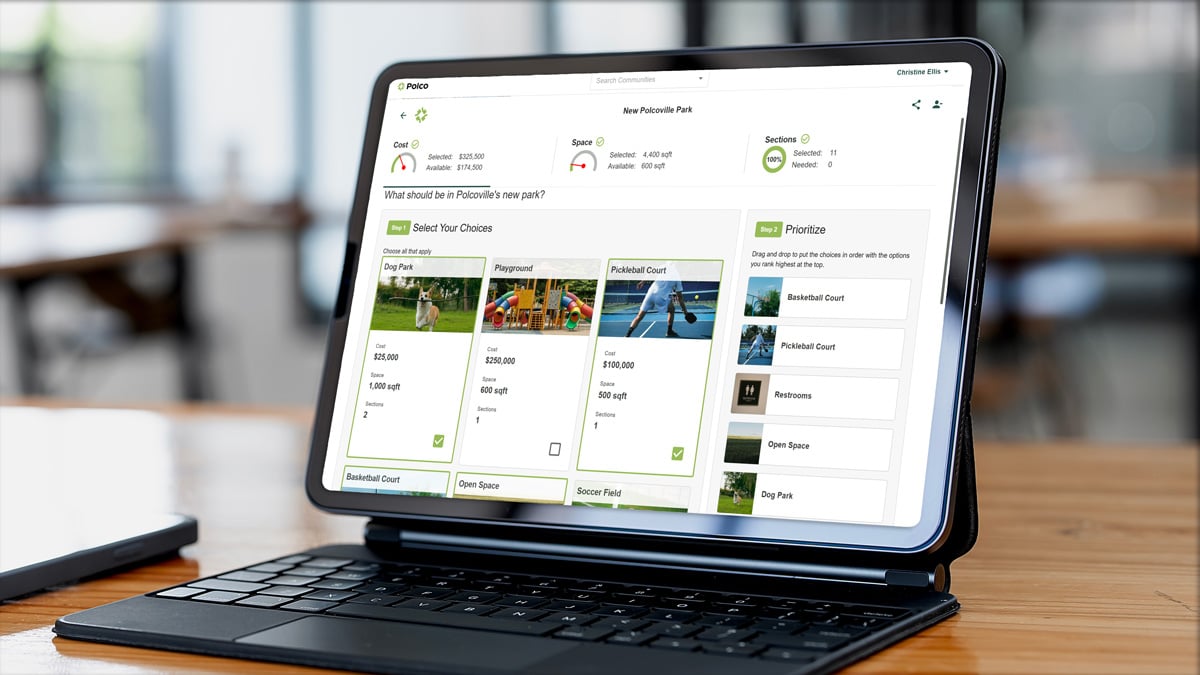Beyond the Loud Few: Engaging the Silent Majority in City Decisions
By Polco on August 1, 2025

TL;DR — In 2025, city leaders still hear from the same voices at every public meeting. But what about the thousands of residents who never show up but still care deeply? Here's how to reach beyond the loud few and engage the silent majority in a way that’s inclusive, practical, and profoundly impactful.
The Problem: You’re Not Hearing From Everyone
You’ve probably heard this at a council meeting:
- “No one wants that bike lane.”
- “Everyone I talk to is against this project.”
- “You’re ignoring the people.”
But here’s the truth: “everyone” is often a group of five residents with time to attend meetings and a strong opinion. Meanwhile, 95% of your population (teachers, shift workers, parents, retirees) go unheard. Not because they don’t care, but because traditional public participation wasn’t built for them.
Why This Matters More Than Ever in 2025
- Polarization is loud, but not always representative.
- Digital tools are abundant, but trust is fragile.
- Decisions are complex and demand broader perspective.
If you're only hearing from the loudest voices, you're probably missing the most important insights.
Three Ways to Reach the Silent Majority
1. Meet People Where They Are (Not Where You Want Them to Be)
Expecting residents to show up to City Hall at 6:30 PM is like expecting everyone to read a 300-page planning document: it’s just not realistic. Instead, reach people on their terms:
- In their inbox
- In their feed
- On their phone
- In the language they speak
Short surveys, simple polls, and location-based content can bring government to people—not the other way around.
Pro tip: Use QR codes at libraries, parks, and coffee shops to prompt 60-second engagement moments.
2. Design for Inclusion, Not Just Access
Even when feedback opportunities are open to all, they don’t feel welcoming to everyone. To truly hear from the majority, remove these barriers:
- Language: Offer surveys in multiple languages.
- Format: Use plain language, ditch the jargon.
- Trust: Explain how feedback will be used (and then actually use it).
- Time: Design participation that works in five minutes or less.
If someone can contribute from their couch in their pajamas, you’ve built an inclusive process.
3. Use Data to Listen at Scale
Instead of guessing who's missing from your feedback, use data to see the gaps, and fill them.
- Benchmark your participation demographics.
- Map responses by ZIP code or neighborhood.
- Track who’s engaging and who isn’t over time.
Then actively reach out to the underheard (young renters, low-income families, busy parents) with targeted campaigns. The goal isn’t just more responses. It’s more representative responses.
What Happens When You Get It Right?
When you successfully engage the silent majority:
- Your decisions reflect broader values, not just vocal ones.
- Misinformation is replaced with transparency.
- Residents feel seen, heard, and included.
That’s not just better governance, it’s better community-building.
Want to Hear From More Than Just the Loudest Voices?
Polco helps cities gather representative feedback, visualize engagement gaps, and build trust with all residents, not just the ones who show up.
Popular posts
Sign-up for Updates
You May Also Like
These Related Stories

Giving Thanks for Transparency: How Interactive Budget Tools Build Trust

The 500-Page Budget No One Reads

